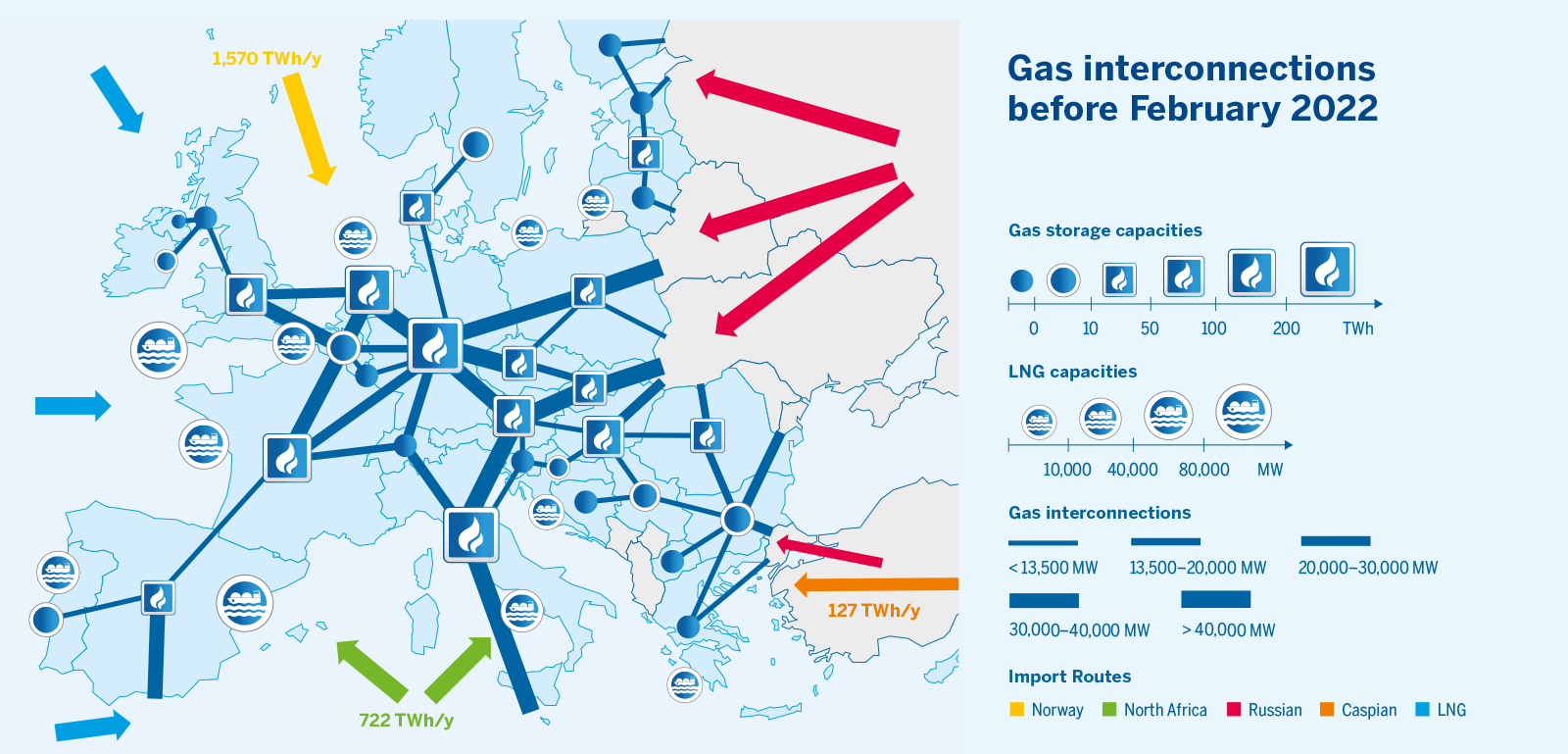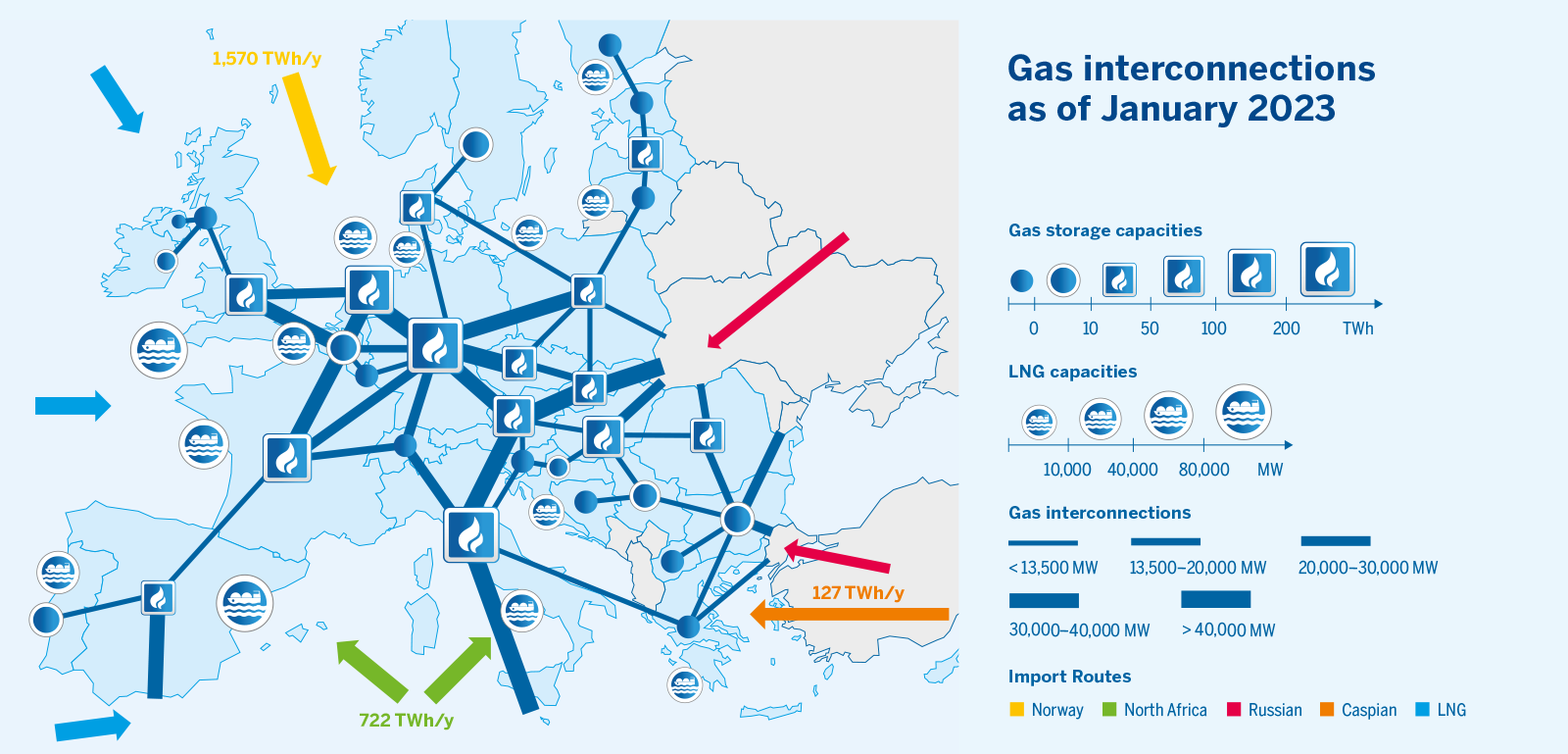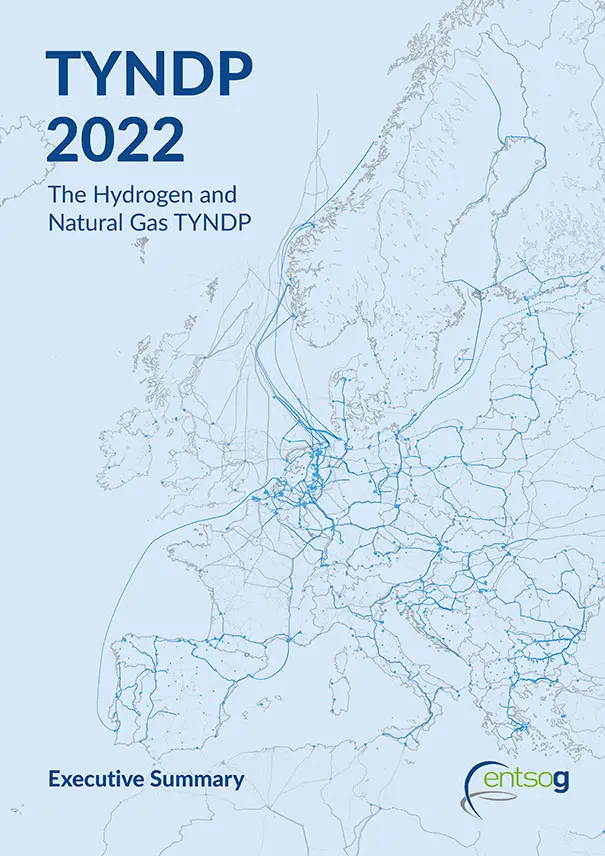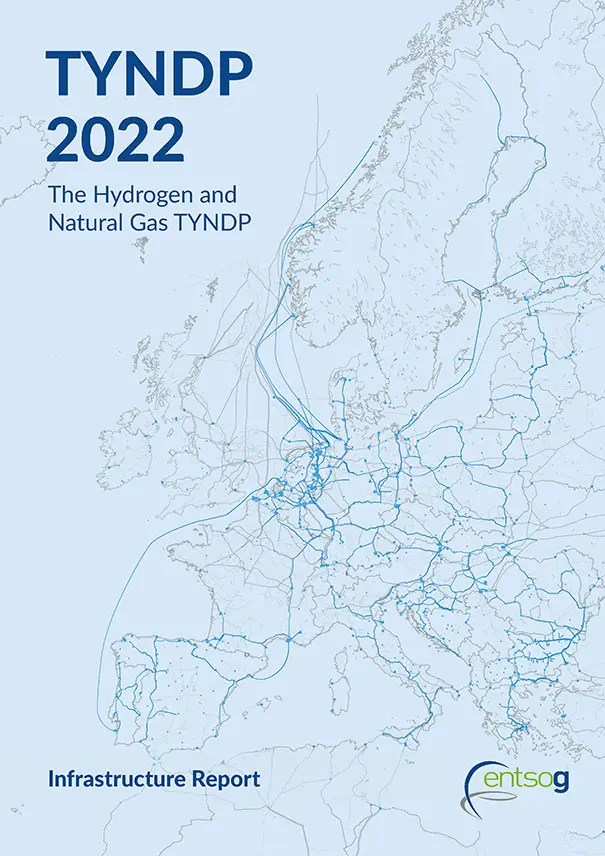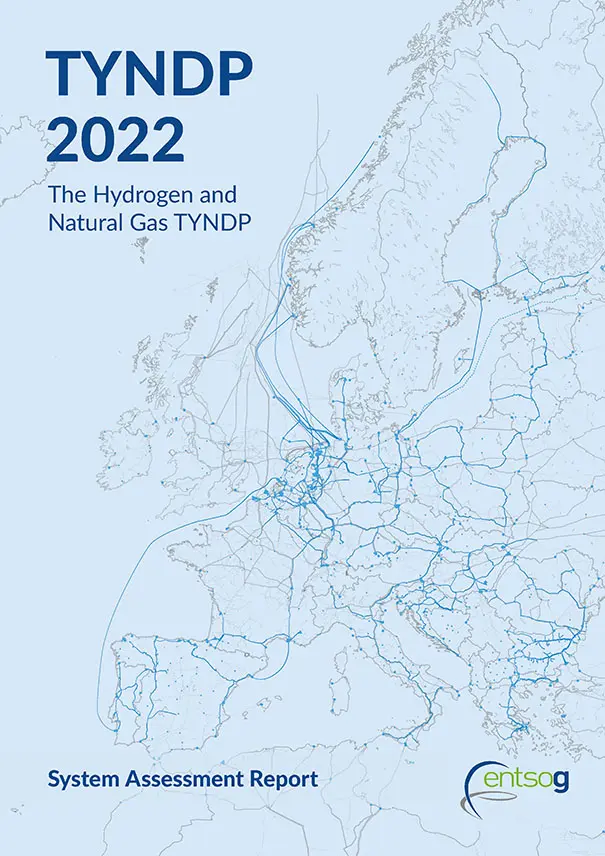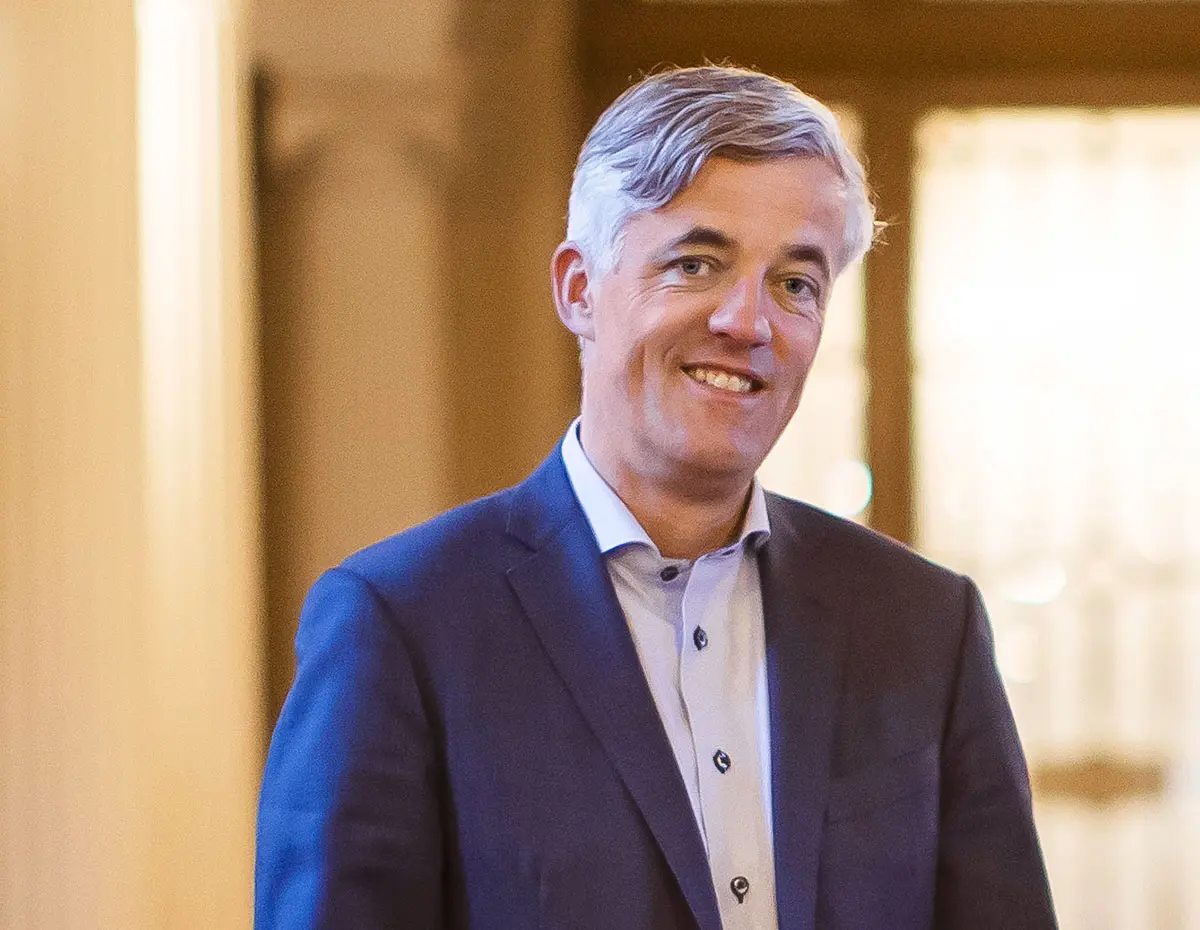
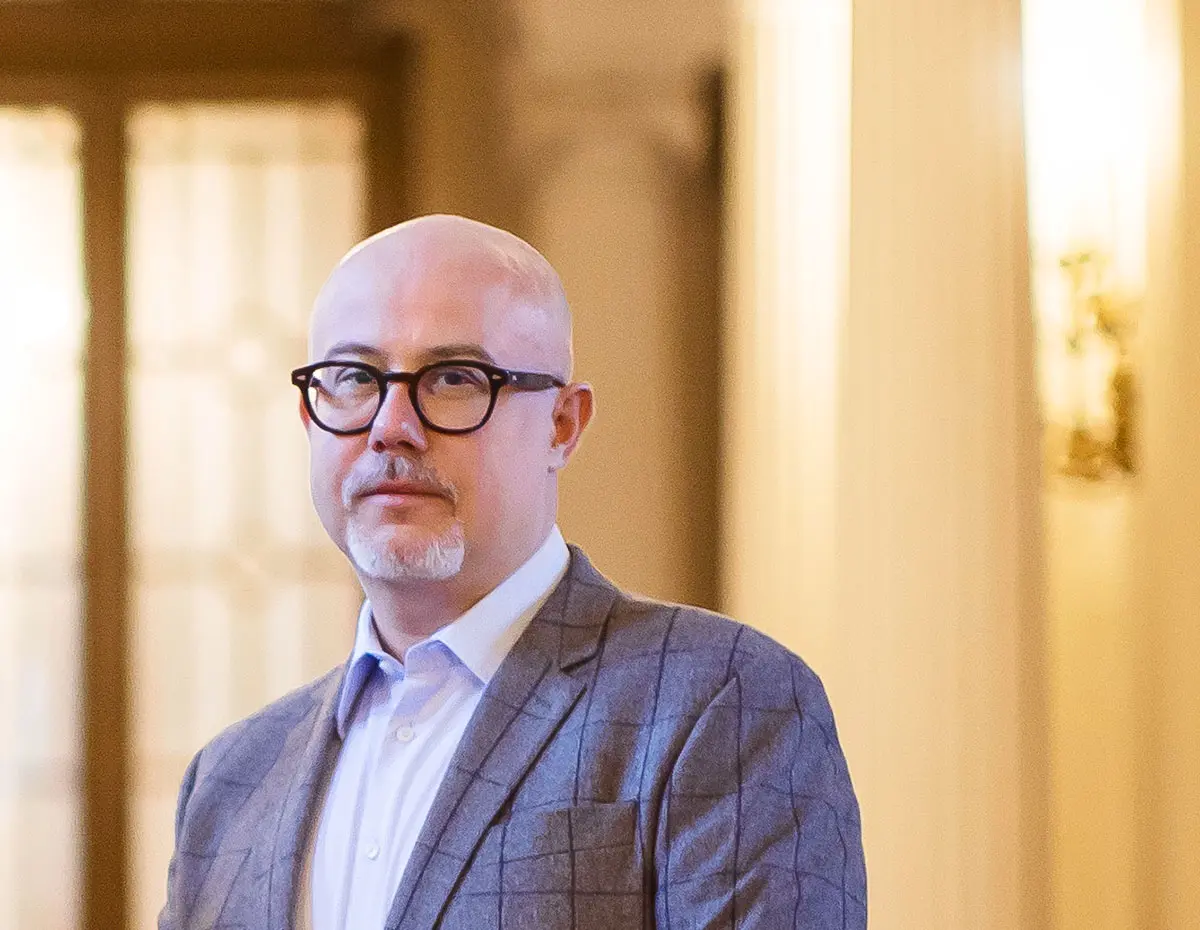
Piotr Kuś
President’s Foreword
This Hydrogen and Natural Gas Ten-Year Network Development Plan – ENTSOG’s TYNDP 2022 – provides a unique opportunity to visualise the possibilities for the EU’s decarbonised gas grid. It also reflects the dramatic changes we saw in the energy market last year, and the quickly commissioned projects to support stability and security of energy supply in a time of crisis. This report maps the way forward as the most efficient way to achieve Europe’s energy and climate goals.
The TYNDP 2022 development process was adjusted and modified to include REPowerEU ambitions with respect to the infrastructure development and its assessment. The REPowerEU Plan is addressing the European Commission’s response to the hardships and global energy market disruptions caused by Russia’s invasion of Ukraine. It sets out a series of measures to rapidly reduce dependence on Russian fossil fuels and fast forward the green transition, while increasing the resilience of the EU-wide energy system. On this basis, the TYNDP 2022 scenarios for 2030 were adjusted by ENTSOG and ENTSOG exceptionally reopened its project collection for TYNDP.
In this TYNDP, ENTSOG collected projects under four new categories to reveal development trends. These projects comprise new or repurposed infrastructure to carry hydrogen, projects for retrofitting infrastructure to further integrate hydrogen, biomethane development projects and other infrastructure-related projects that facilitate decarbonisation. Most significantly, of the total TYNDP 358 investments, 215 of these (in 26 countries) fall within the four categories, highlighting the progression of energy transition projects since the last TYNDP edition.
For the first time, ENTSOG has introduced “hydrogen infrastructure levels” and includes hydrogen infrastructure projects submitted to the first PCI selection process under the revised TEN-E Regulation. The results of TYNDP 2022 for Projects of Common Interest and Projects of Mutual Interest candidate projects should be complemented by the latest energy strategies of the Member States, for further and complete analyses.
On behalf of ENTSOG, I would like to thank all parties involved in the TYNDP 2022 process. We welcome stakeholder feedback, together with the ACER Opinion, allowing us to continue to develop and improve our processes, capturing the interconnectivity of a well-integrated gas system. I hope you enjoy reading the report and we look forward to your further contributions!
Bart Jan Hoevers
President, ENTSOG

Piotr Kuś
General Director’s Foreword
The ENTSOG team have delivered a very special edition of the Ten-Year Network Development Plan for gas (TYNDP), recognising the importance of hydrogen and biomethane in the current European energy system, and its critical role in the coming years.
Starting with the TYNDP scenarios, assessing hydrogen together with natural gas and biomethane, the report also evaluates the benefit of relevant decarbonised gas projects. In fact, approximately two thirds of the total investments analysed in the report represent these kinds of projects. For the first time, the assessment includes import and production capacities of renewable and decarbonised gases, including hydrogen, as well as demand for hydrogen. Numerous stakeholders have contributed along the way, from many parts of the energy value chain.
Indeed, a holistic approach was first and foremost applied when modelling the European energy system, to ensure consistency across all sectors beyond interactions solely between gas and electricity. ENTSOG developed a dual gas system modelling approach considering hydrogen and methane networks simultaneously, including the evaluation of the TYNDP projects to capture their ability to consider the identified infrastructure needs. The project-based assessment considers hydrogen projects submitted by project promoters, as well as hydrogen projects submitted to the first PCI selection process under the revised TEN-E Regulation. The parallel policy-based infrastructure assessment was developed by ENTSOG together with the TSOs to incorporate additional infrastructure needs required to comply with the relevant policy objectives, such as the 2030 hydrogen imports targets defined by the REPowerEU Plan. These combined views provide a solid basis on which the necessary project investment, planning and development can proceed.
In line with the provisions of the new TEN-E Regulation ENTSOG is working on a new CBA methodology to allow for more complete assessments, including costs and benefits triggered by the projects for the overall energy system as well as the impact of projects on CO2 emissions reduction. For this TYNDP 2022, the scenarios were already established by a modelling of gas and electricity assets on a pan-European scale.
Continuing a tradition of high transparency, all methodologies, input data, technical data and results are available for download on the ENTSOG website: www.entsog.eu/tyndp
I am honoured and proud of the work undertaken by the ENTSOG team and the extraordinary level of stakeholder engagement involved to produce a high quality and valuable report, reflecting the current realities and future ambitions for the integrated gas network.
Piotr Kuś
General Director, ENTSOG
Hydrogen and natural gas
TYNDP 2022
The European gas system is one of the keys to achieve the European energy and climate targets. The gas infrastructure offers unique opportunities – in energy storage, transmission, and integration of renewables – to support the decarbonisation of the overall energy system in a cost effective, secure, and achievable way.
The European gas infrastructure has seen decades of investments and development. The gas system connects most European countries, as the most efficient solution for transporting and storing large amounts of energy over long periods and distances.
Now, hydrogen emerges to complement the role of natural gas, contributing to ensure affordable, secure and sustainable energy for Europe. Therefore, this TYNDP is the first one to assess hydrogen together with natural gas and biomethane, covering scenarios, projects, and the system assessment.
An evolution of the energy infrastructure is necessary to allow significant import and production capacities of renewable and decarbonised gas, and to provide for the demand for new gases like hydrogen and biomethane.
Today, hydrogen is mainly used as a feedstock for the industry. However, the demand for clean gaseous energy increases to meet the COP 21 and EU climate and energy targets for carbon neutrality by 2050. In a net-zero future, hydrogen and biomethane play a key role as confirmed by the respective ambitious targets defined by the REPowerEU Plan.
The future gas infrastructure evolutions must allow for this uptake while also reducing Russian gas supply dependence, ensuring wider energy sources diversification.
Hydrogen and biomethane projects will drive the decarbonisation of the energy system towards the net-zero 2050 goal.
The current gas infrastructure can already support the phase out of more carbon intensive fuels in energy intensive sectors such as industry and transport, but also in the power sector. However, additional investments in renewables and decarbonisation technologies and assets as well as infrastructure conversion are needed. Following the EU Green Deal and the revision process of the TEN-E Regulation, ENTSOG decided to further evolve its TYNDP by collecting projects in four new categories allowing for a differentiation between hydrogen and biomethane and displaying development trends.
Indeed, the TYNDP 2022 includes 215 investments in 26 countries that were submitted as new or repurposed infrastructure to carry hydrogen, projects for retrofitting infrastructure to further integrate hydrogen, biomethane development projects or other infrastructure-related projects1. The evaluation of these projects is performed with a dual gas-hydrogen model to capture all relevant aspects of their ability to cover the identified infrastructure needs.
1 Among these projects, some are submitted to the PCI selection process. Hydrogen projects that apply for the PCI status will undergo a thorough eligibility check by the European Commission. Since this eligibility check was not completed during the preparation of this document, no project that fulfilled the formal submission criteria to the TYNDP was rejected by ENTSOG. The inclusion of a project in the TYNDP is neither an endorsement by ENTSOG nor by an EU body.
TYNDP 2022 addresses recent developments
The invasion of Ukraine by Russia on 24 February 2022 has led to a major overhaul of energy policy objectives in terms of energy security and diversification of supply. ENTSOG has amended the TYNDP COP 21 scenarios – Distributed Energy and Global Ambition – for the year 2030 according to the REPowerEU Plan announced by the European Commission and to address its objectives of 10 mt domestic green hydrogen production and 10 mt hydrogen import.
Although multiple major and known developments of 2022 could be considered and have been included, it should still be noted that this TYNDP report cannot reflect all latest developments even at its publication date. Thus, the results of this TYNDP for PCI/PMI candidate projects should be complemented by the latest energy strategies of the Member States, for further and complete analyses.
Figure 1: A glance at the European gas infrastructure before the Russian invasion of Ukraine (above) and infrastructure as of January 2023 used in the System Assessment (below).


